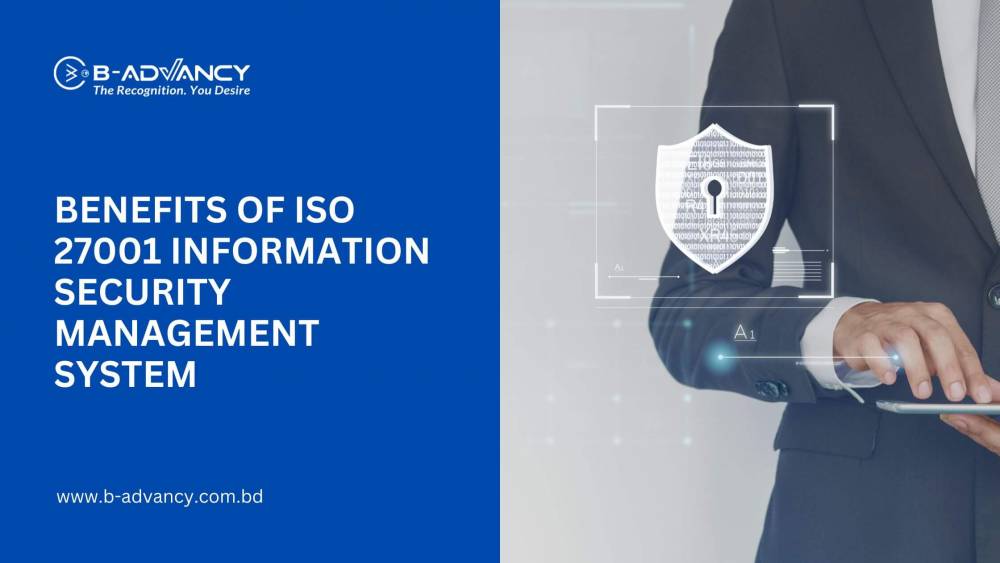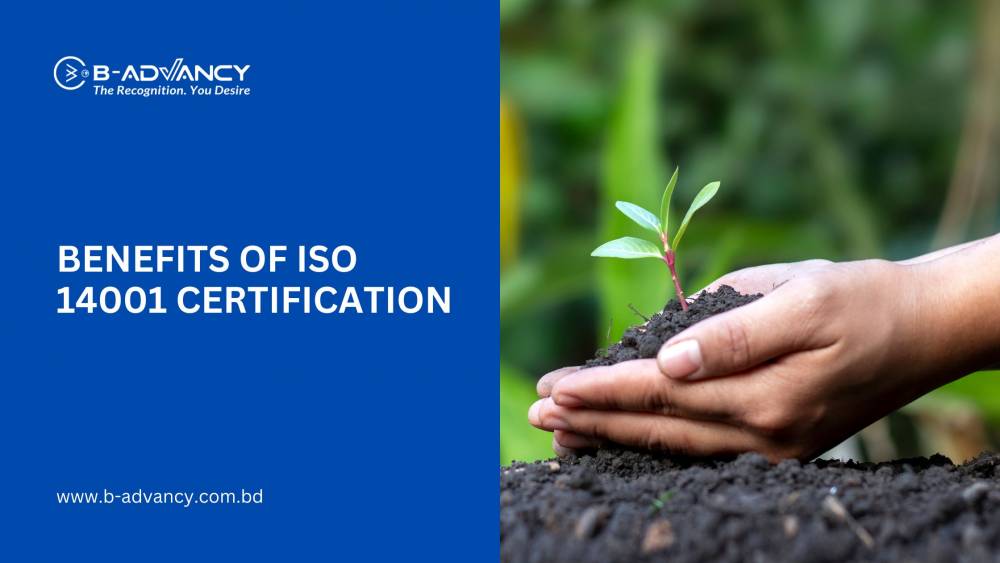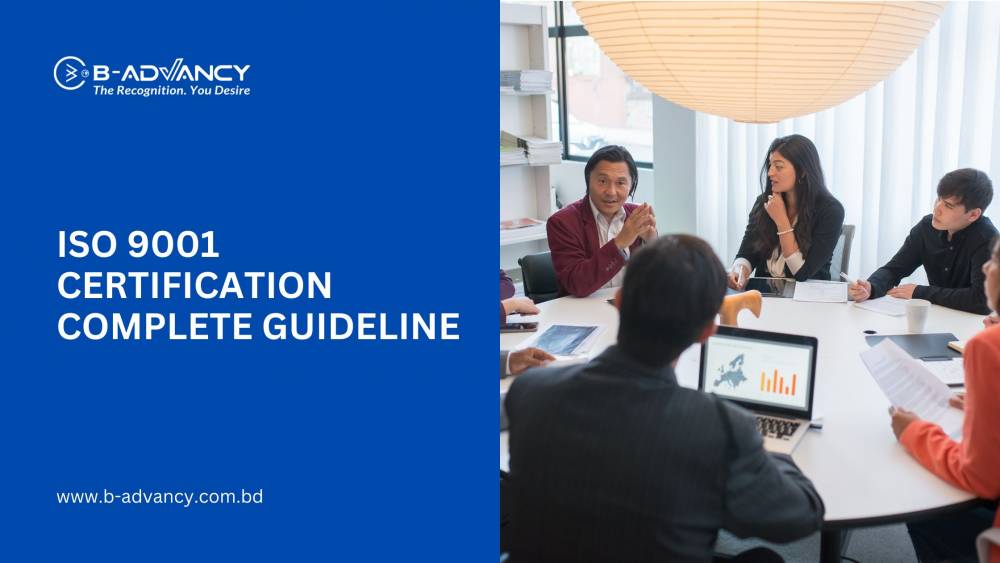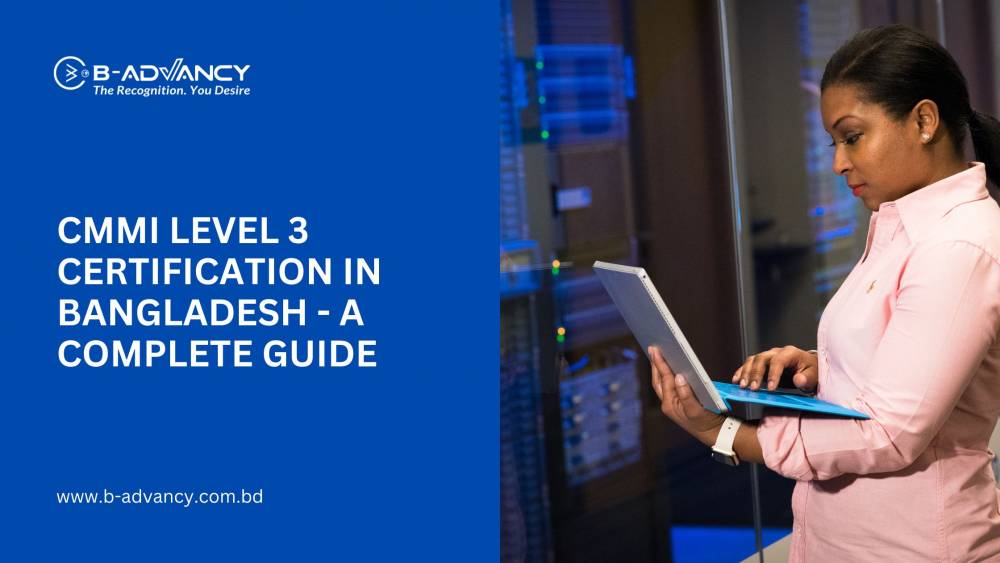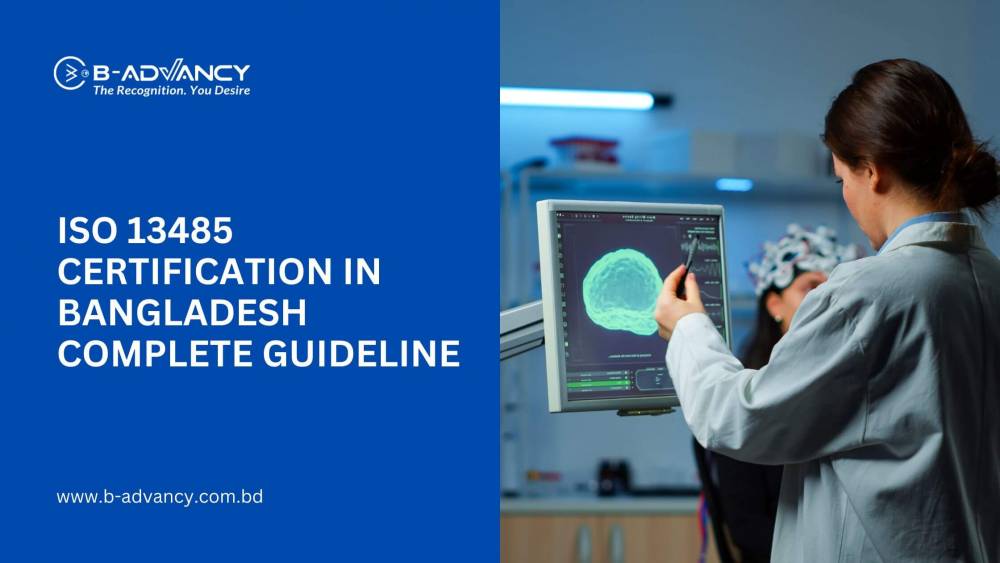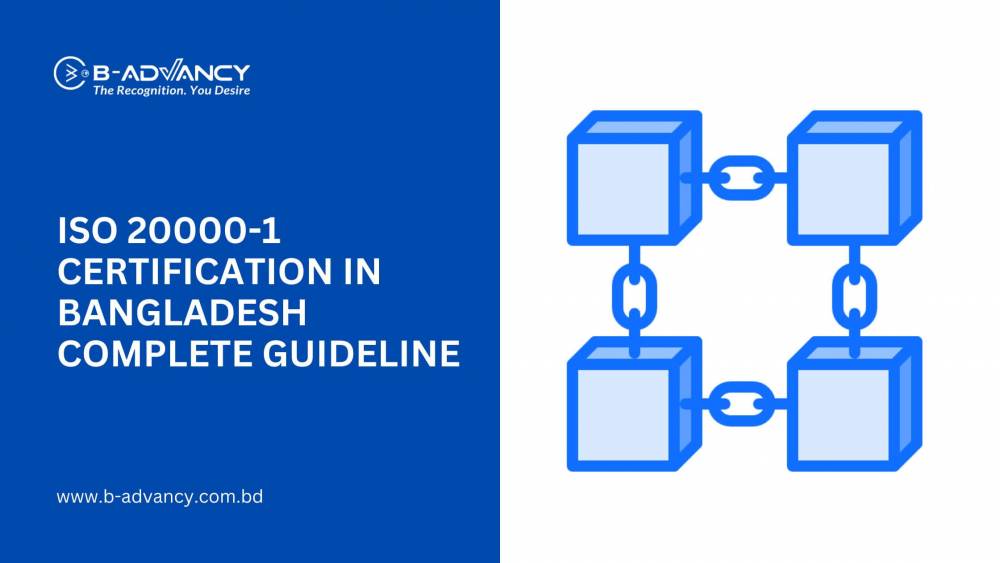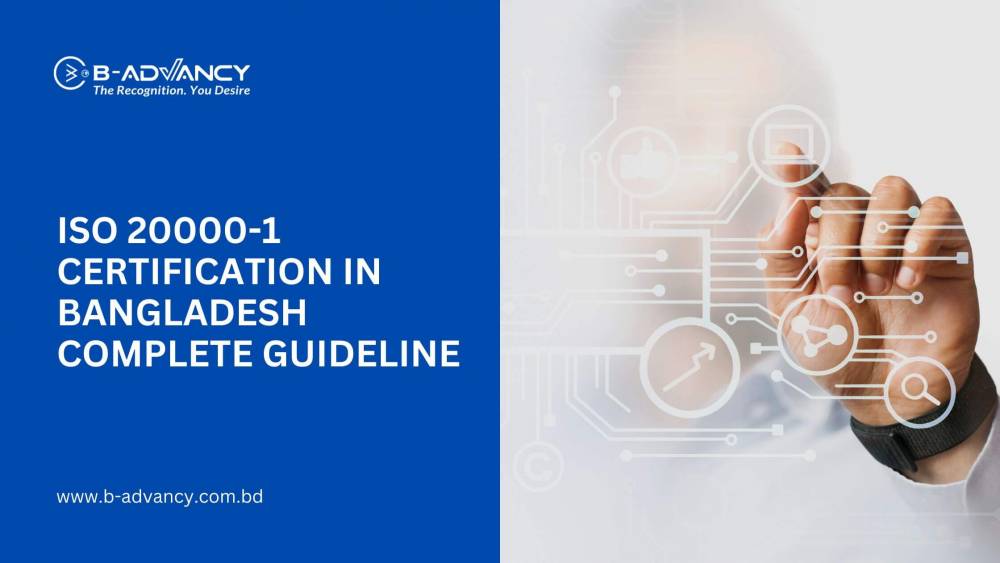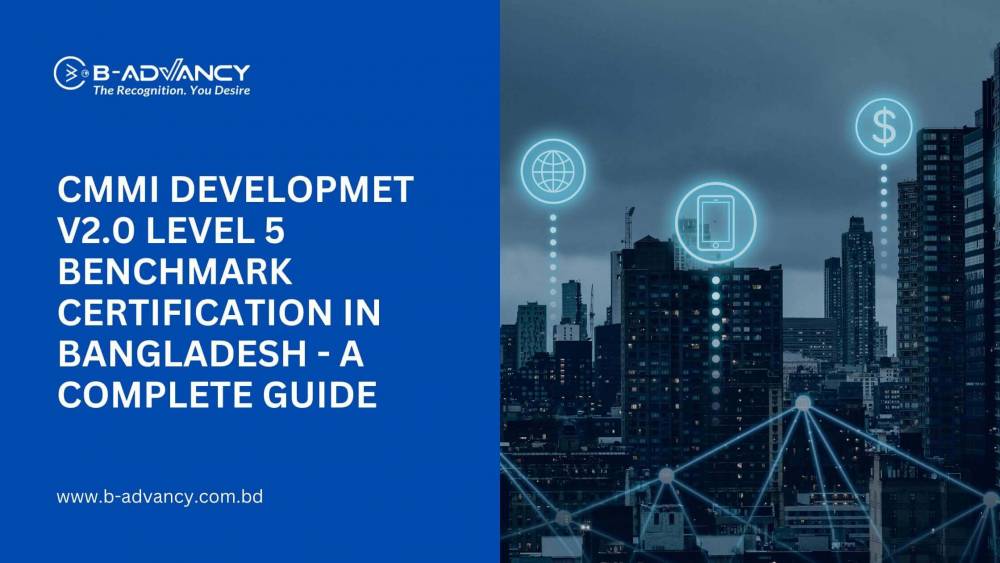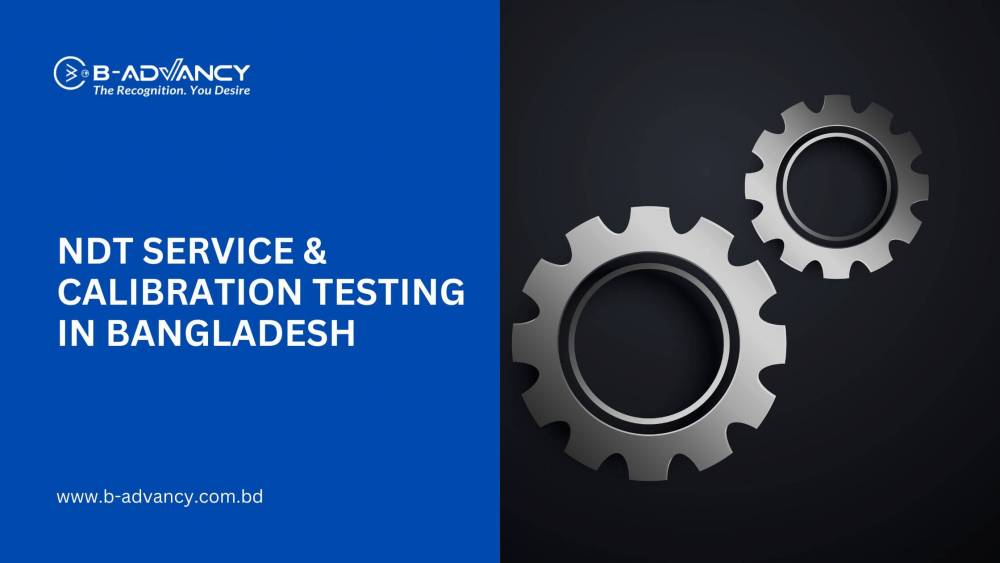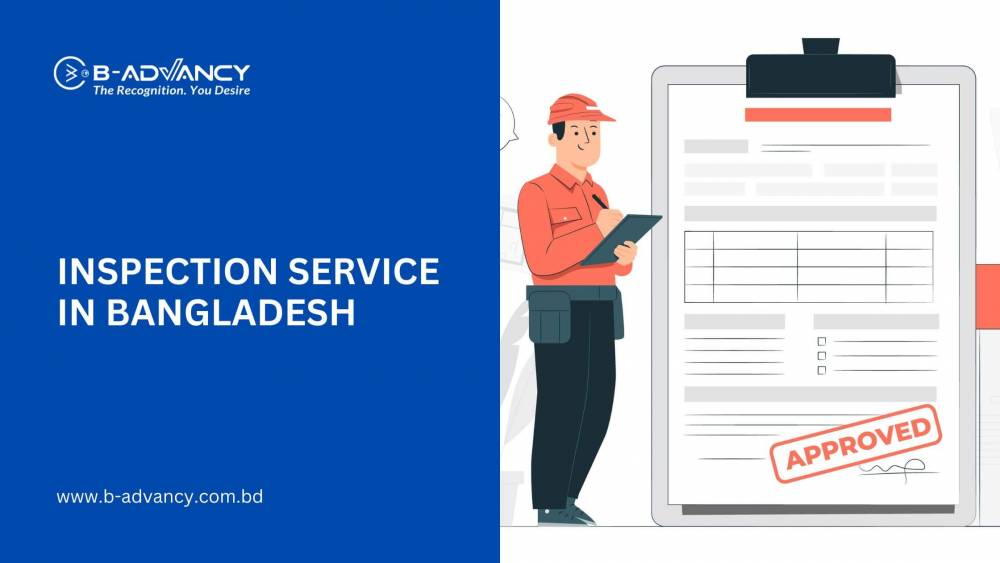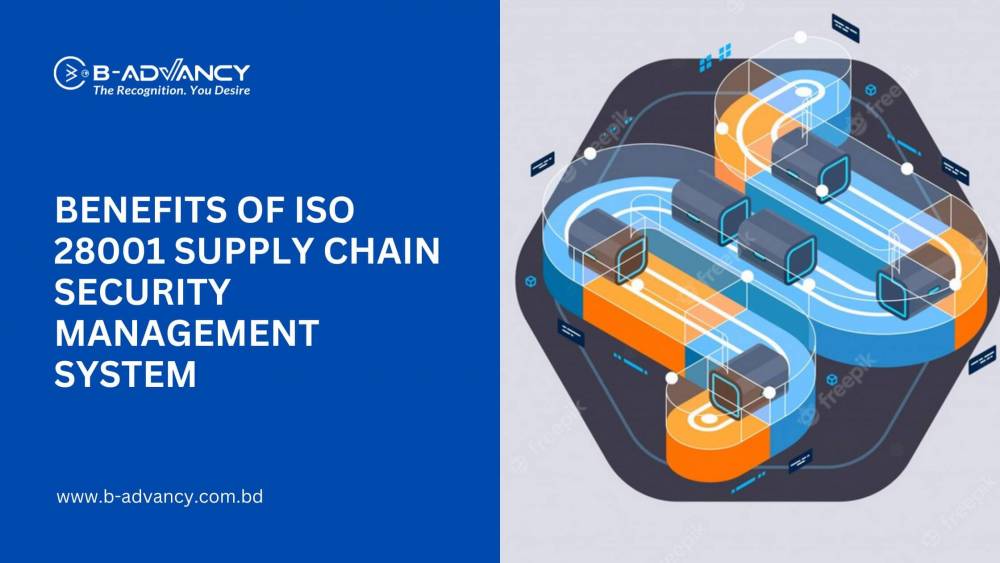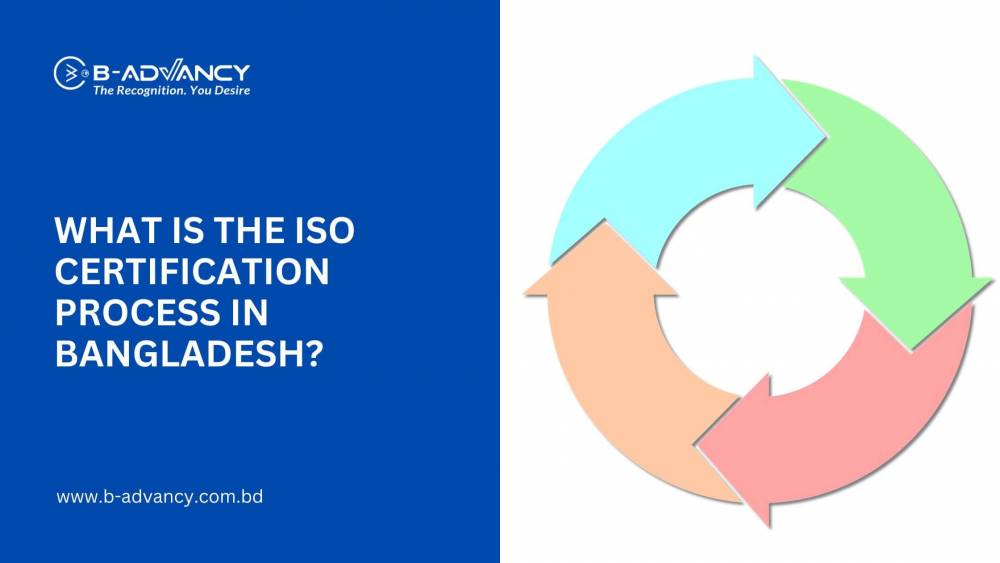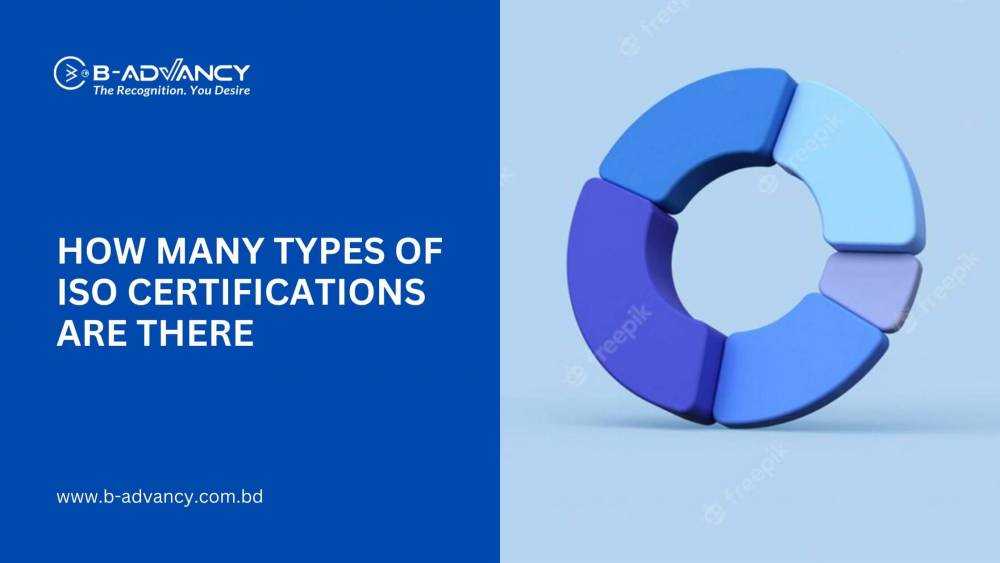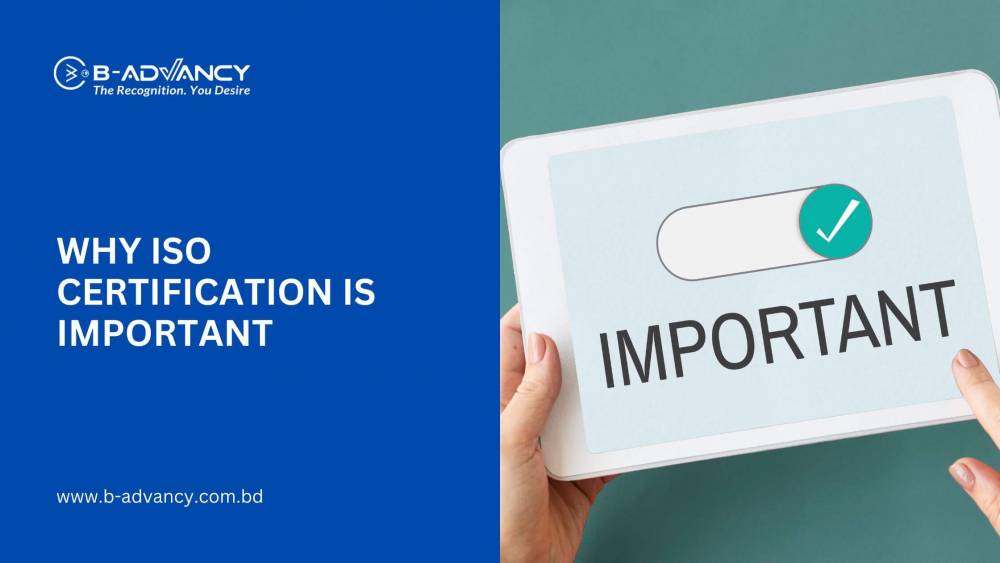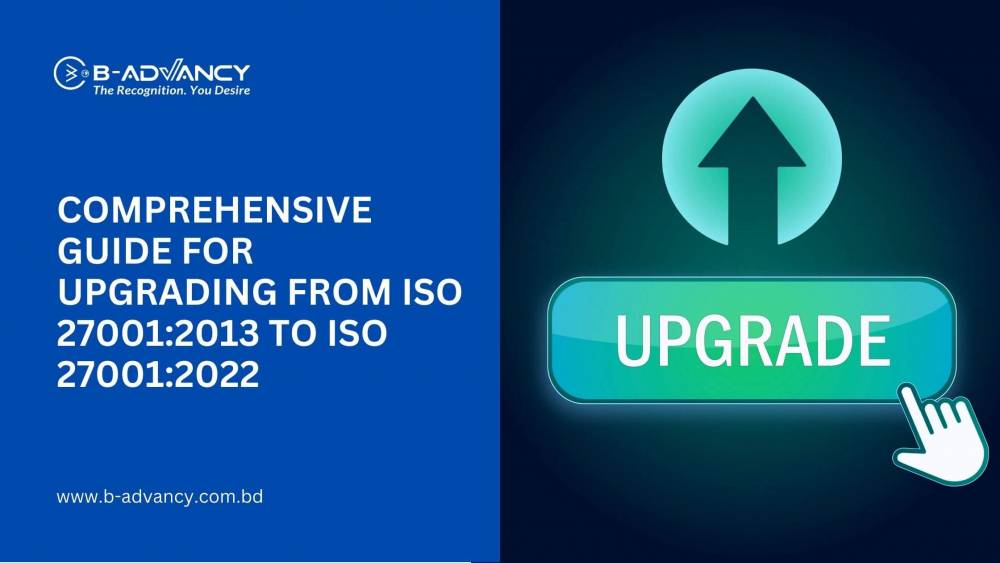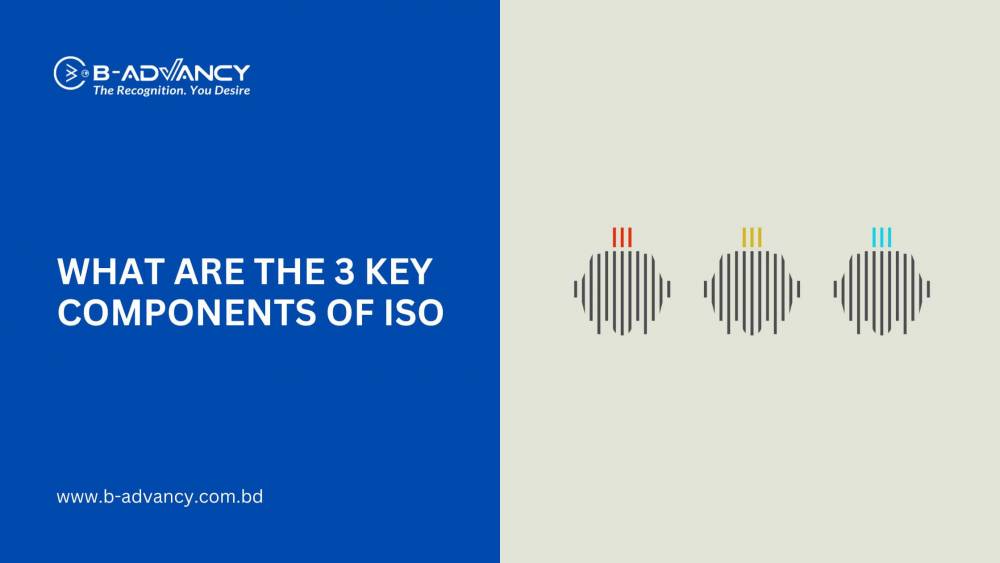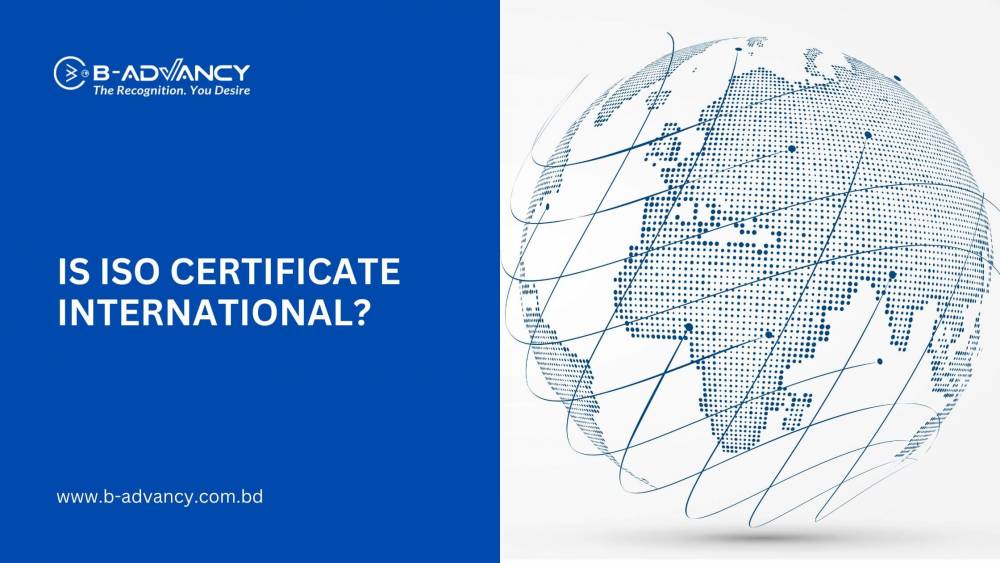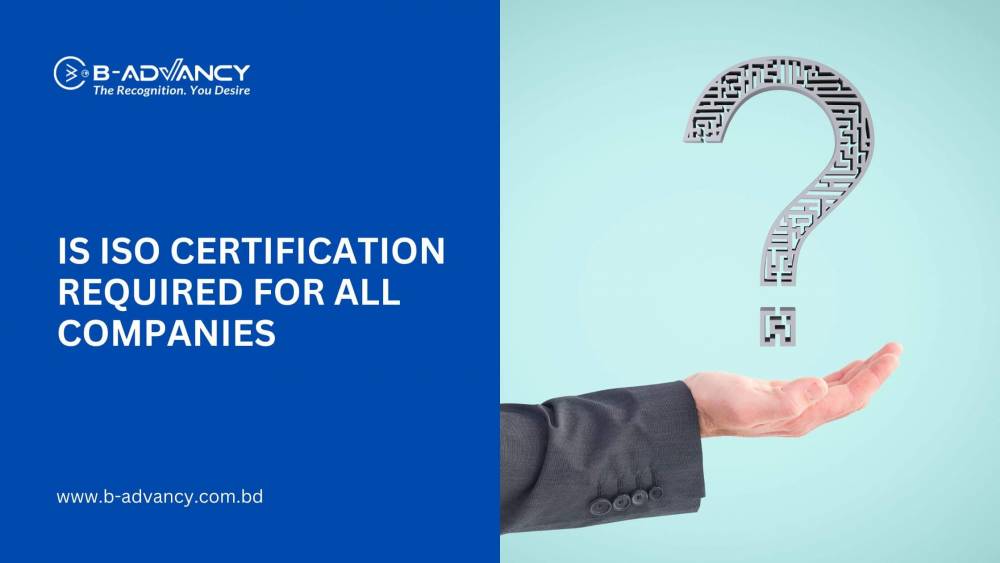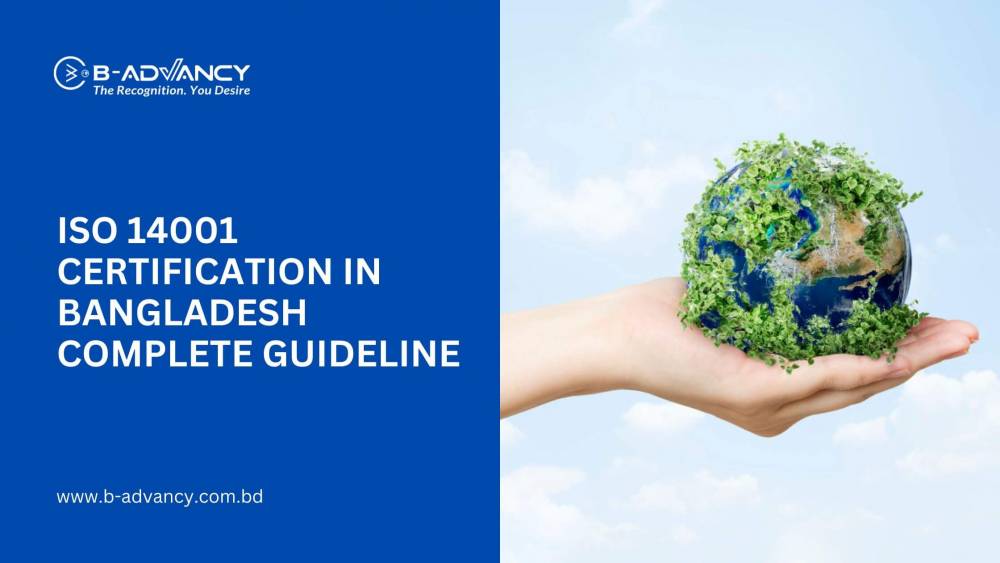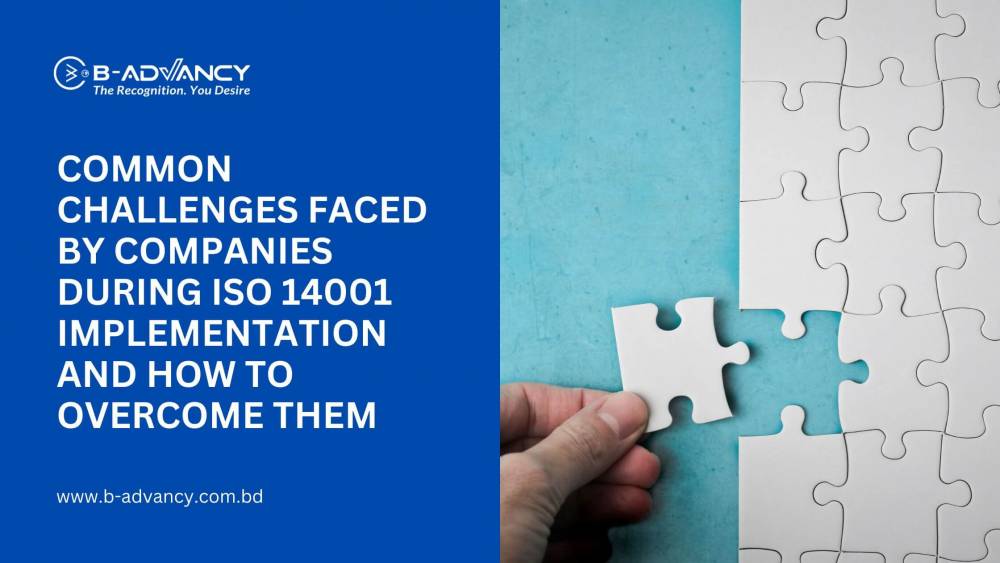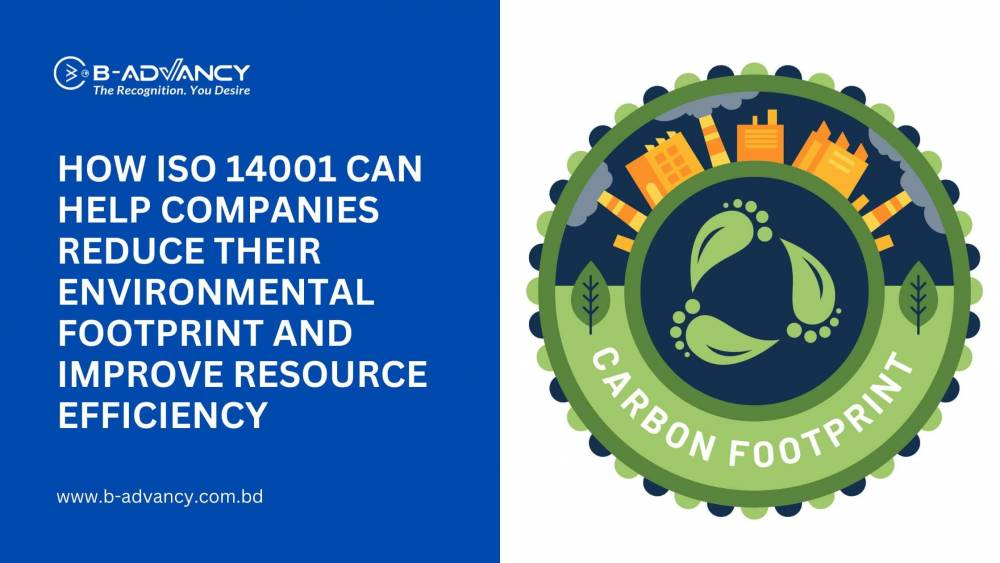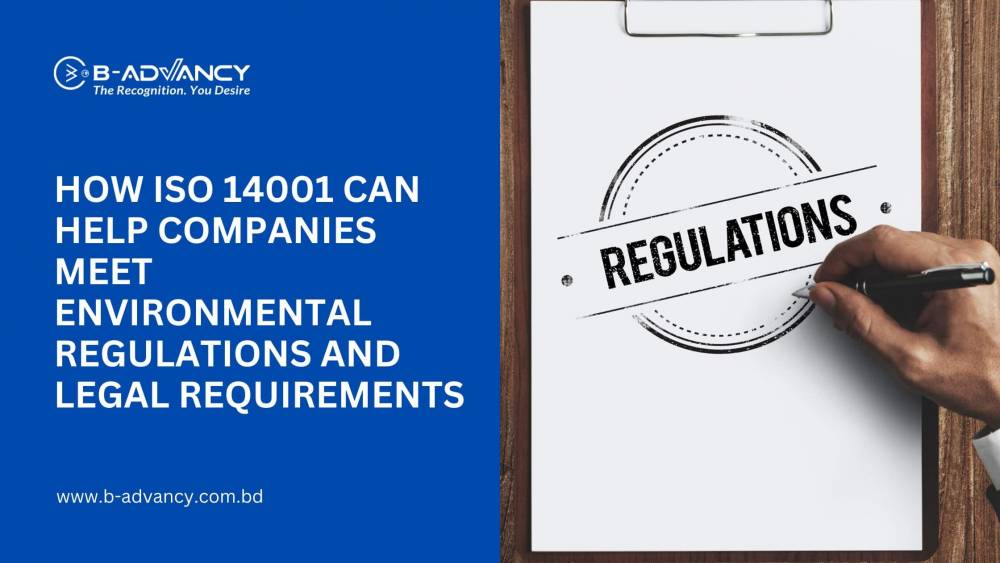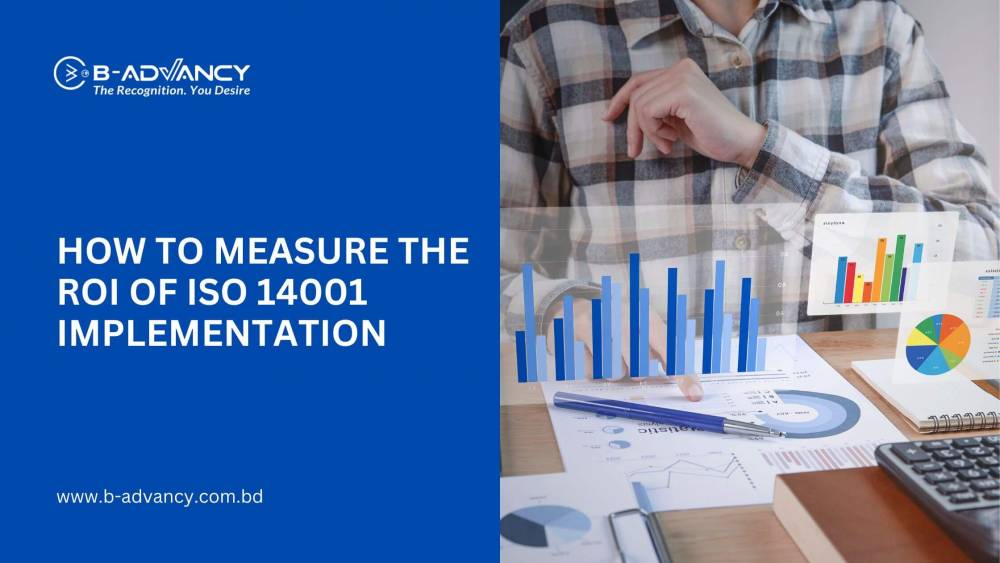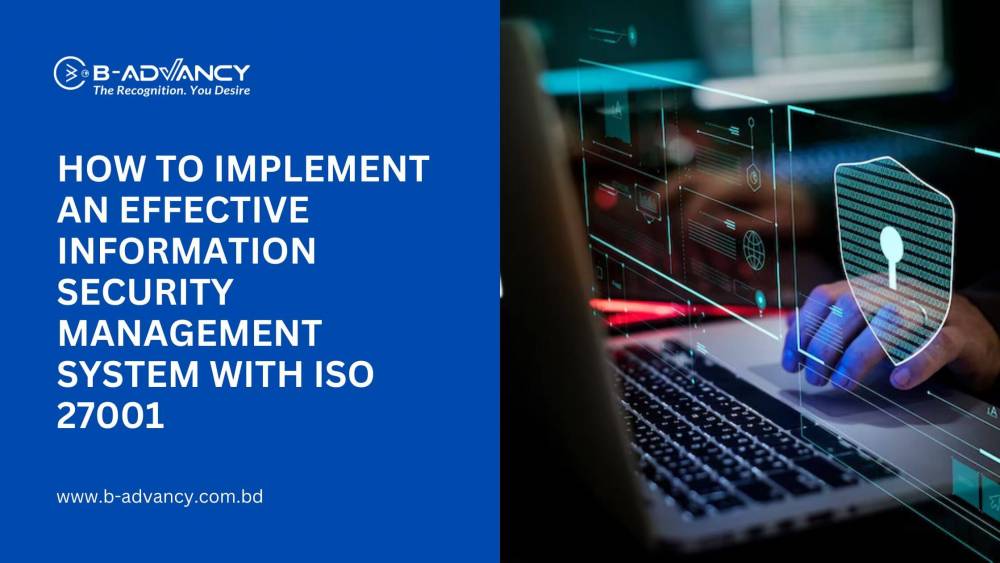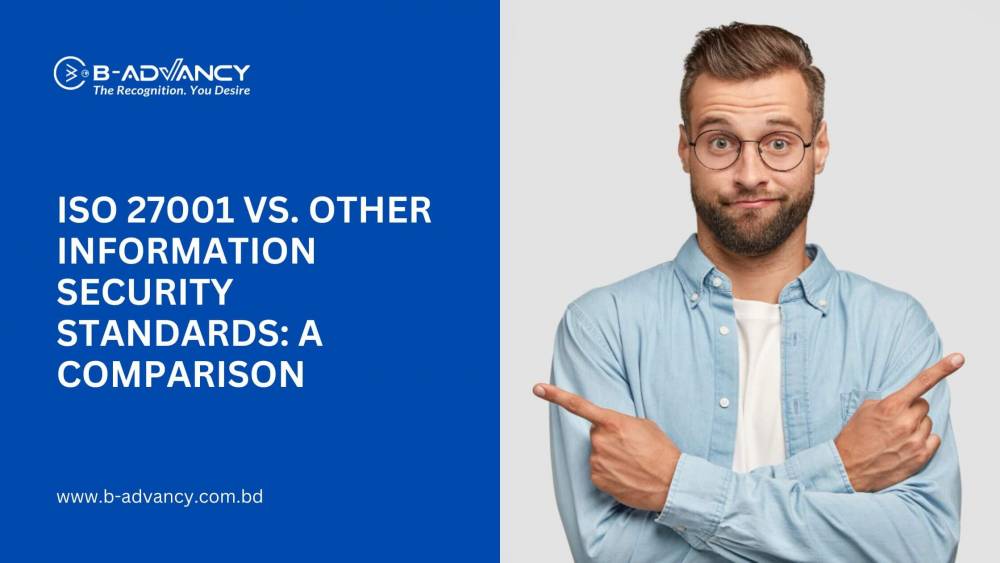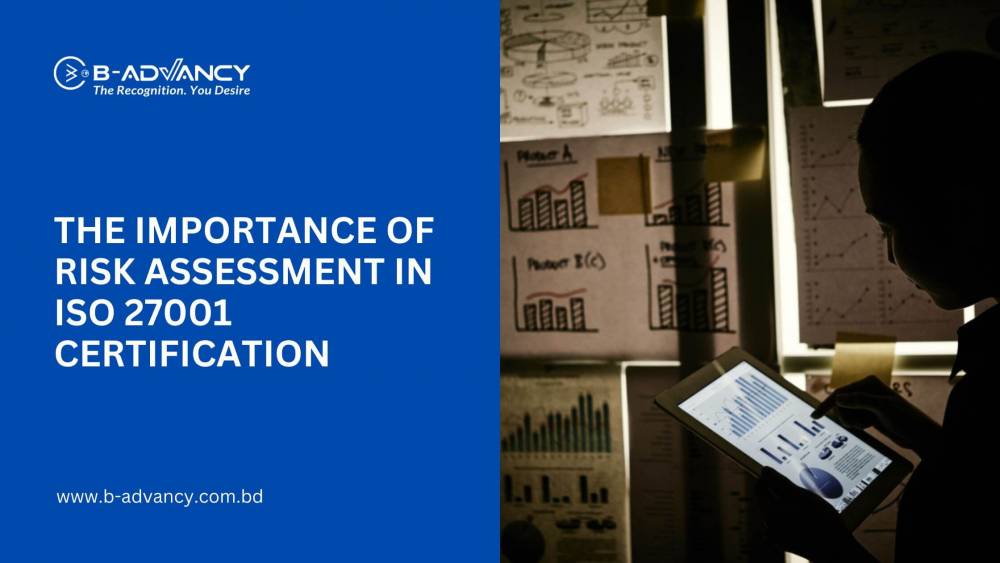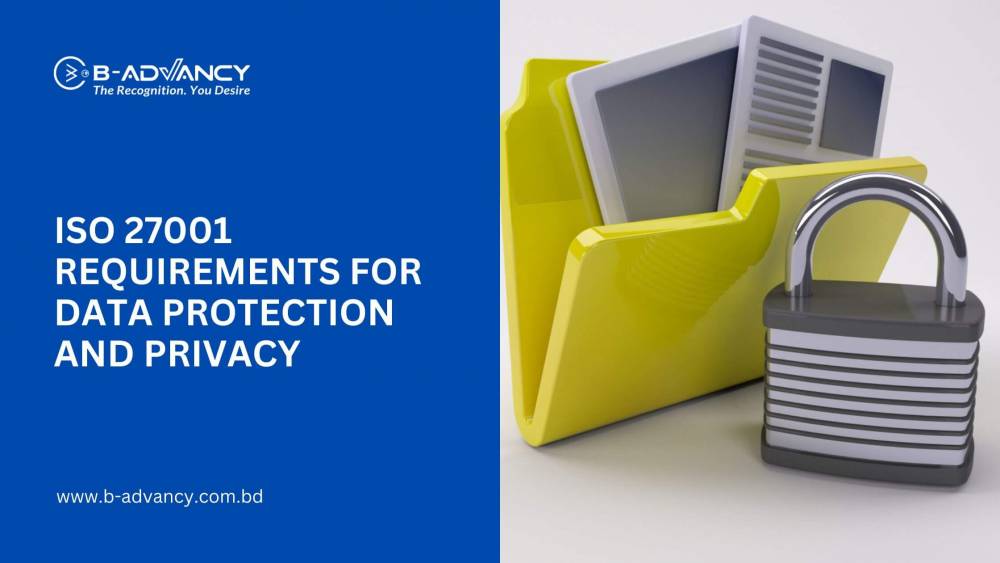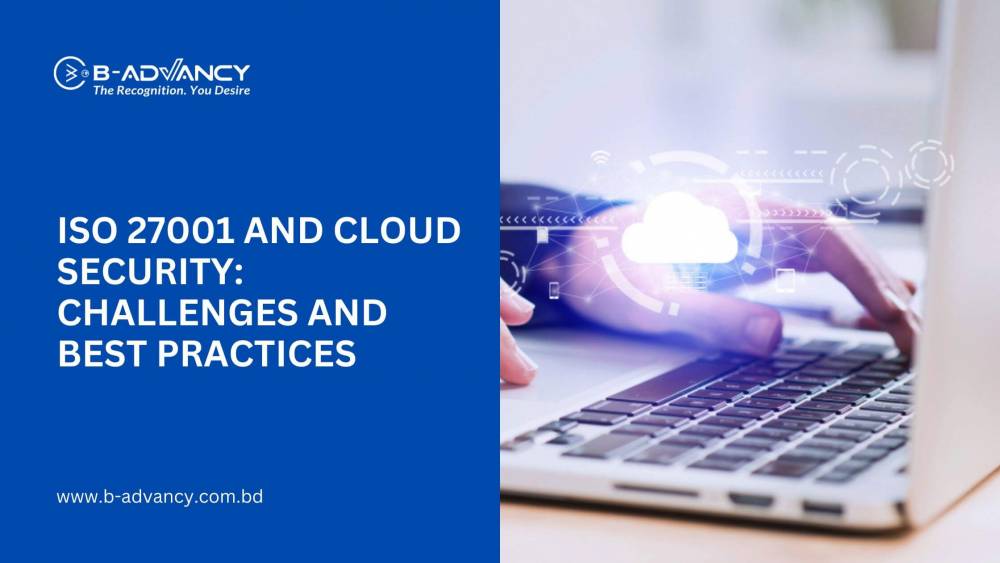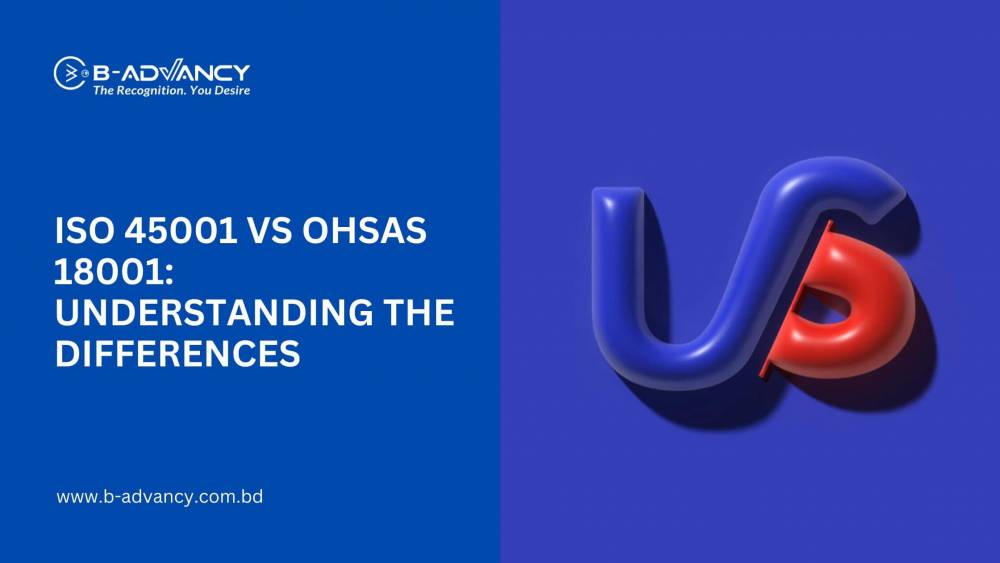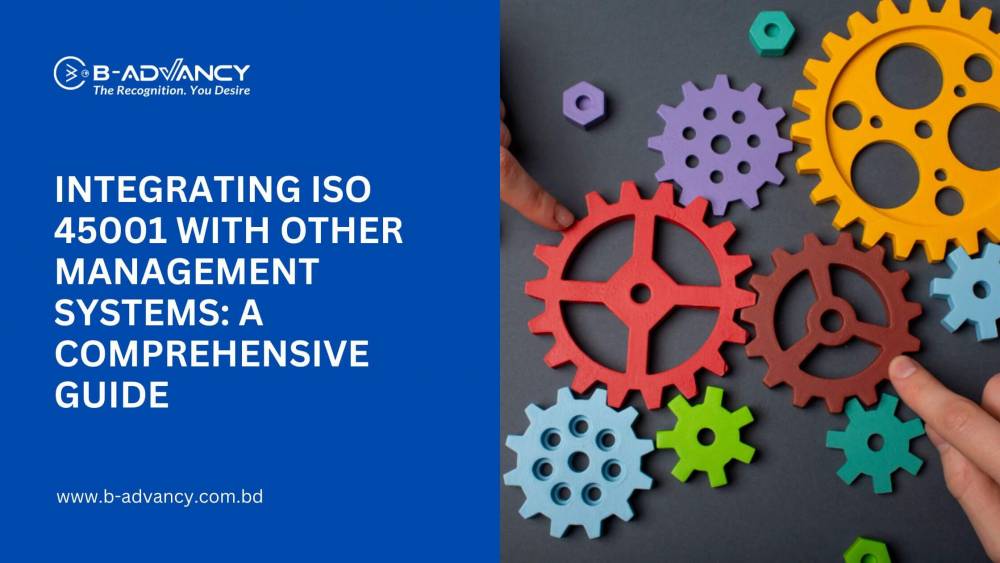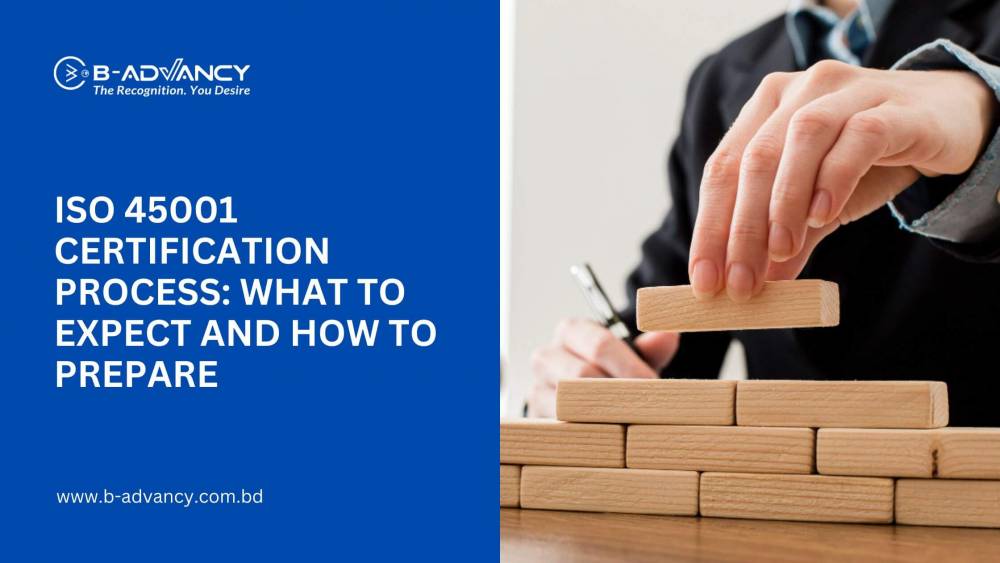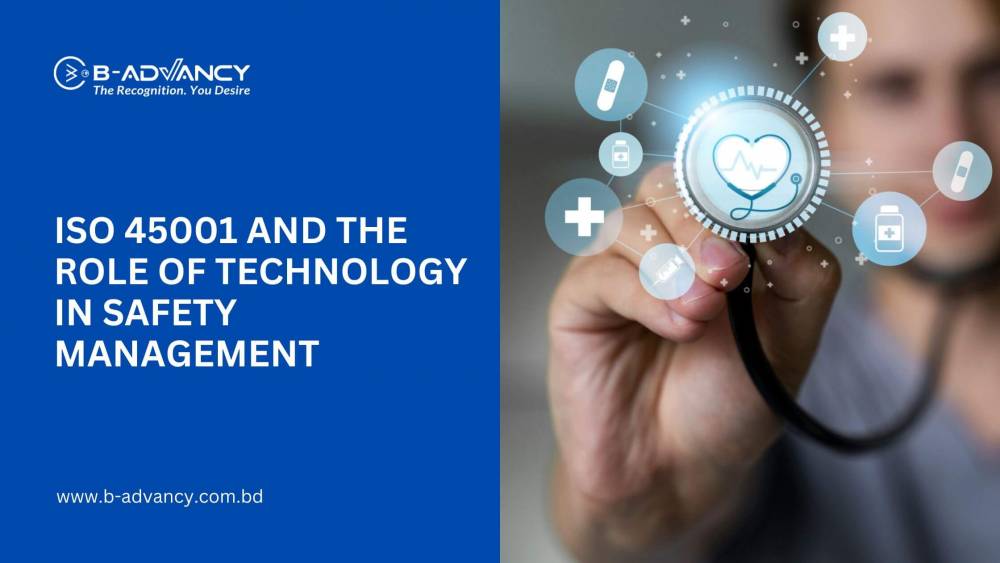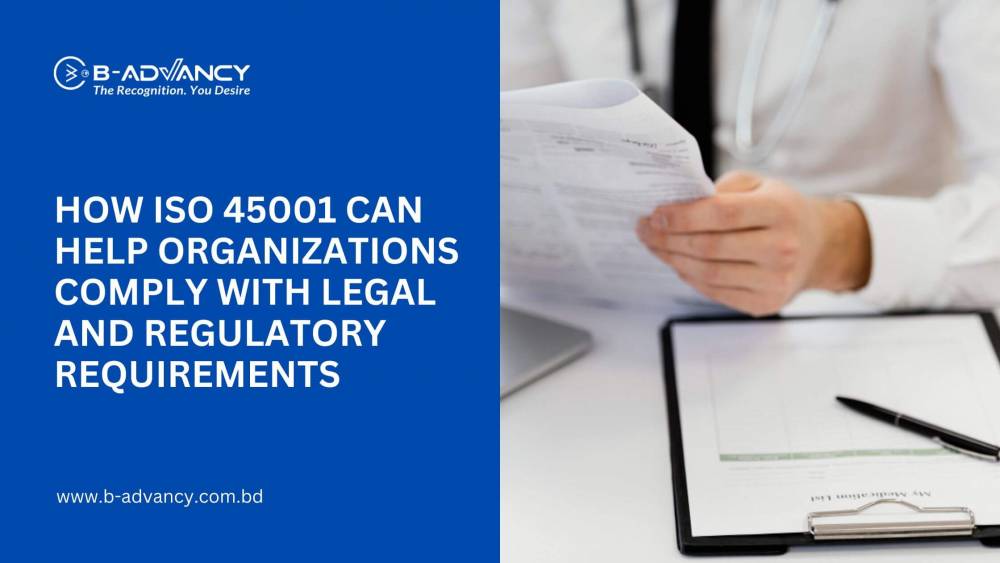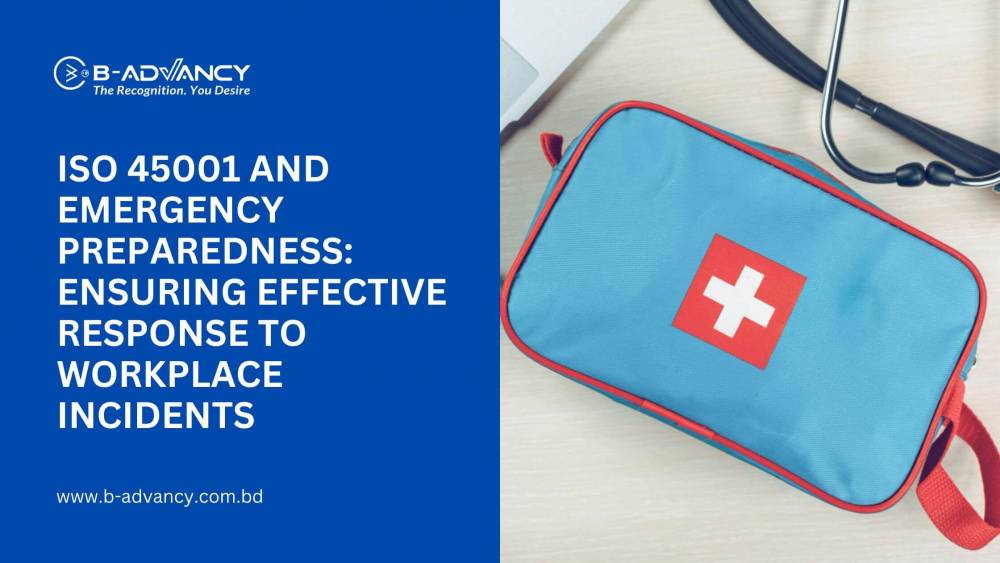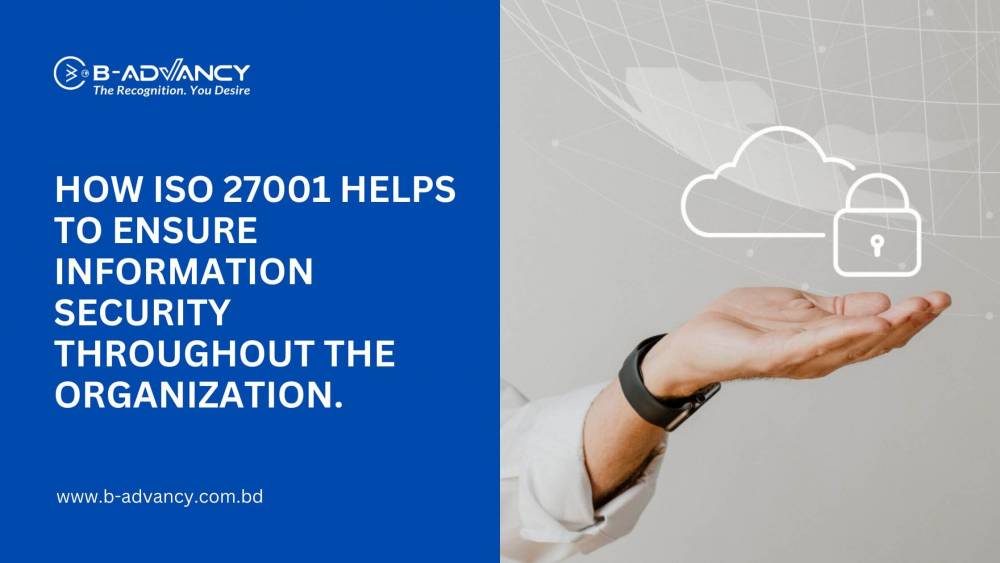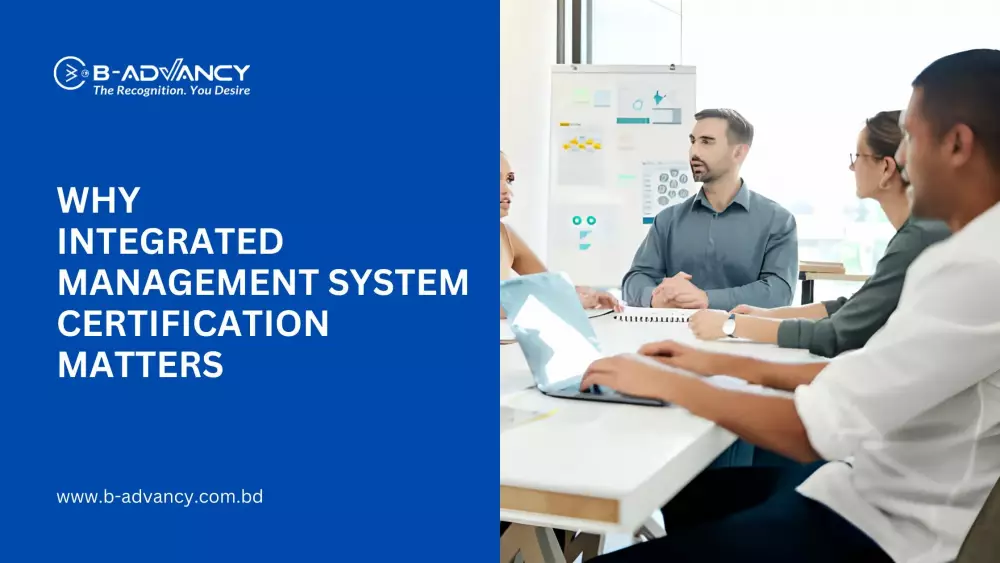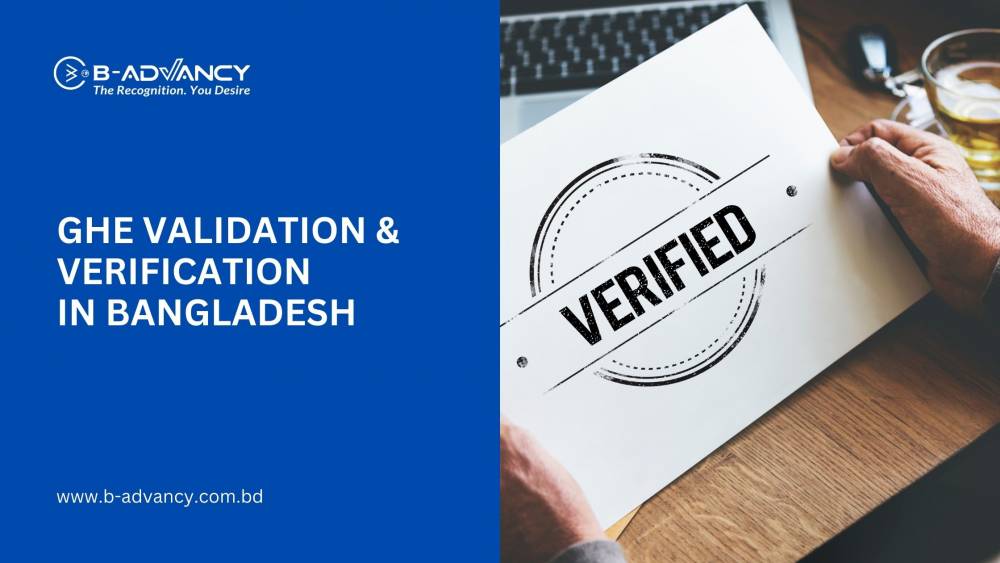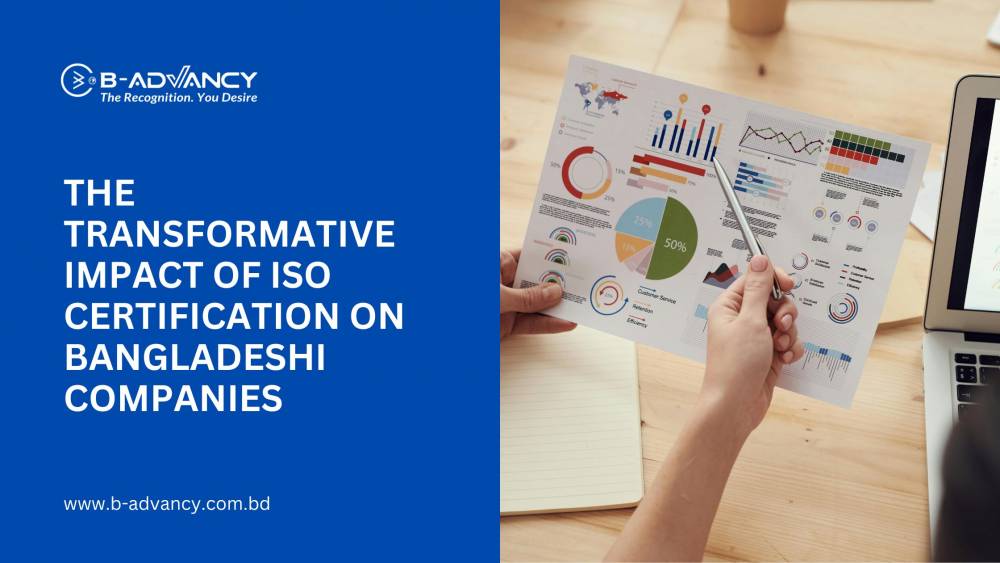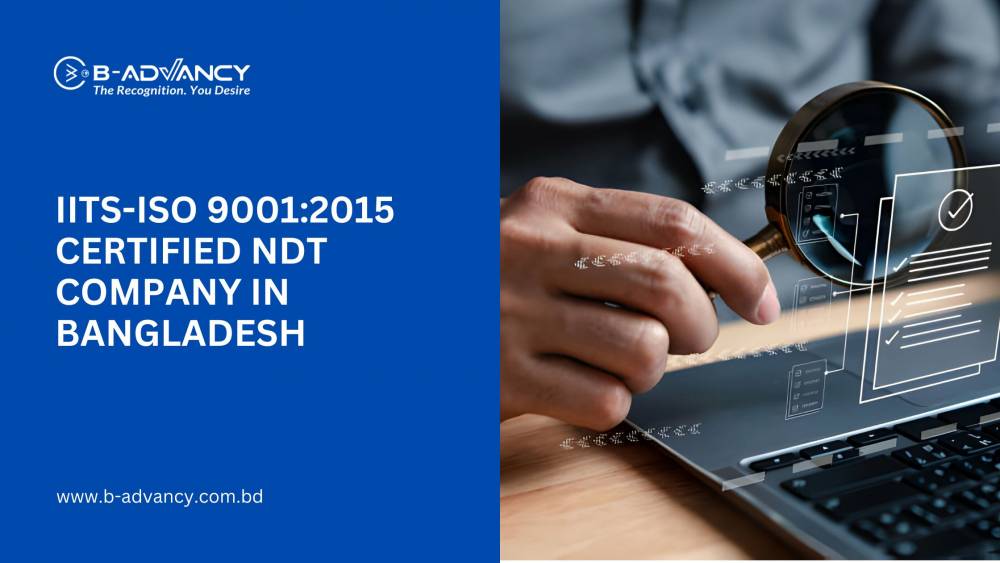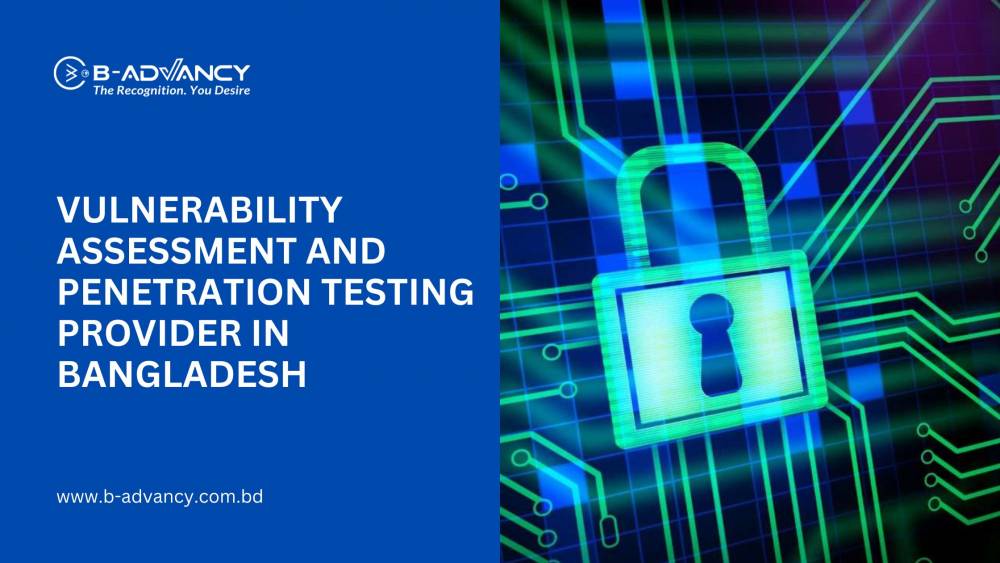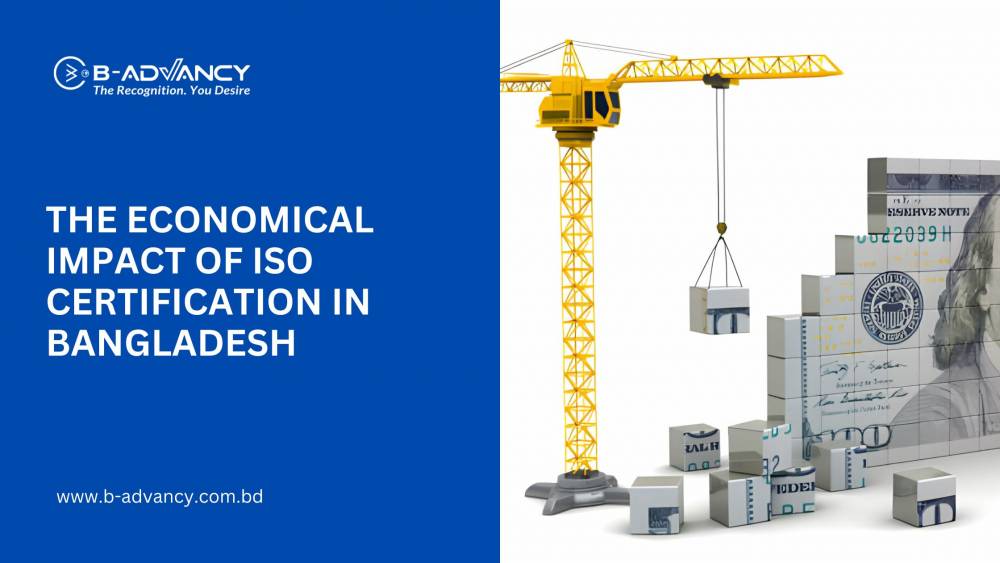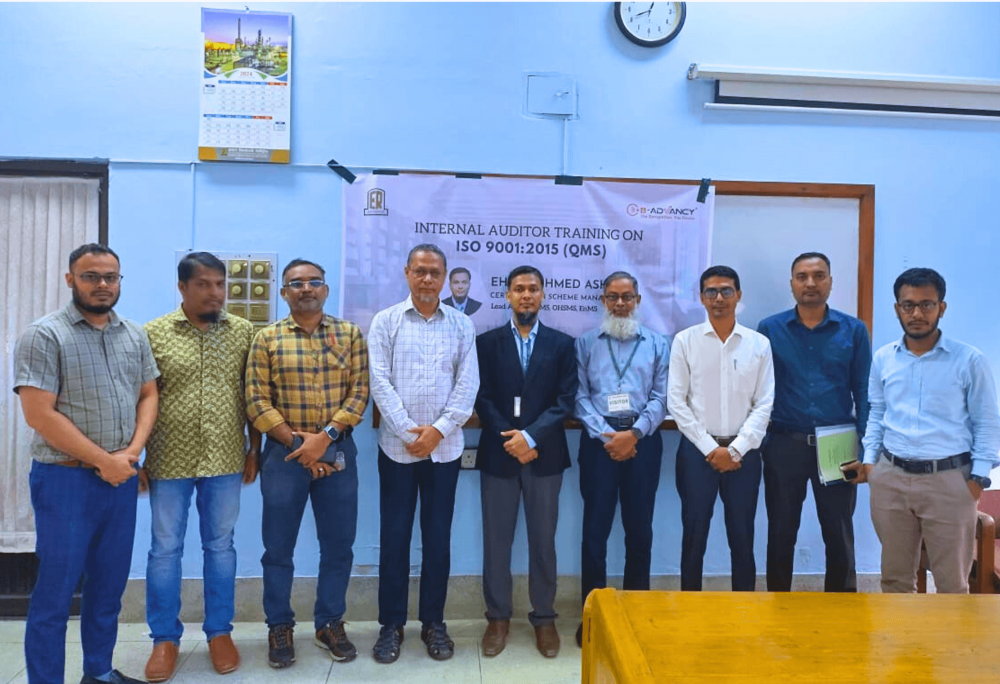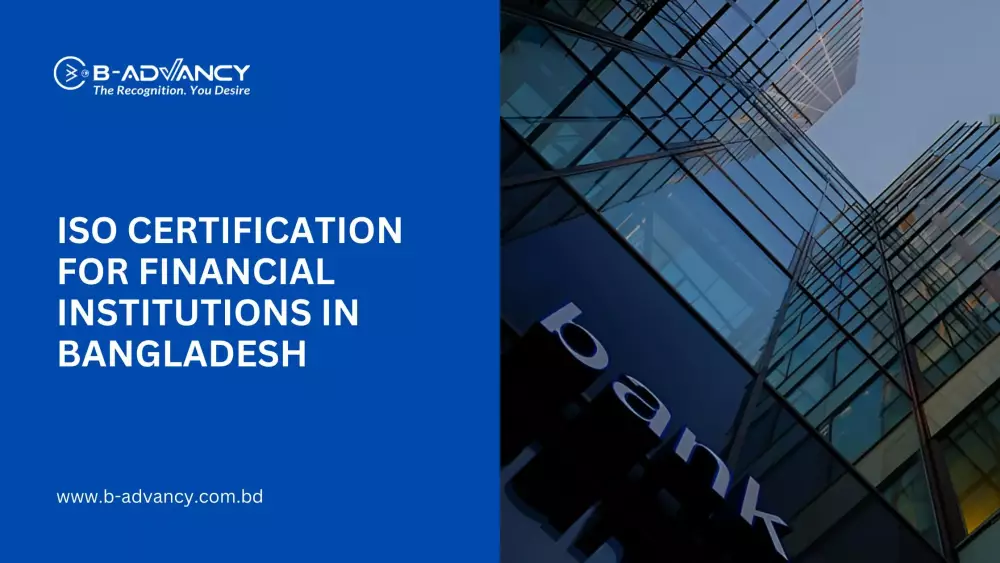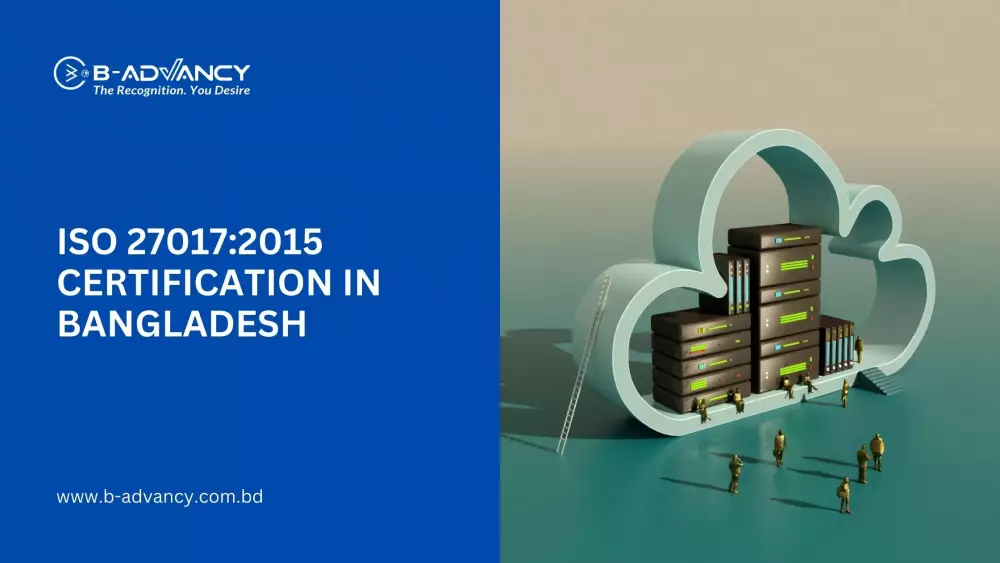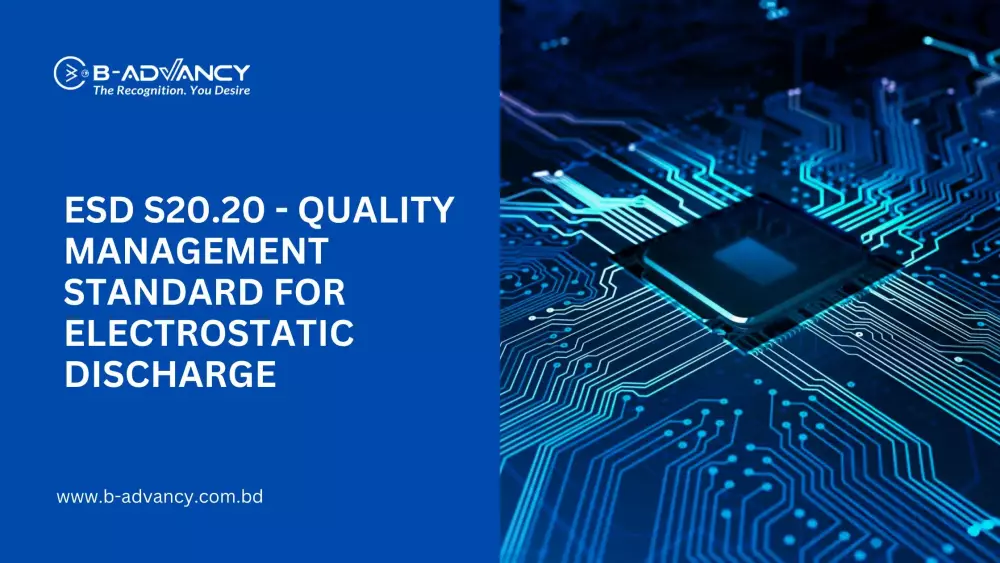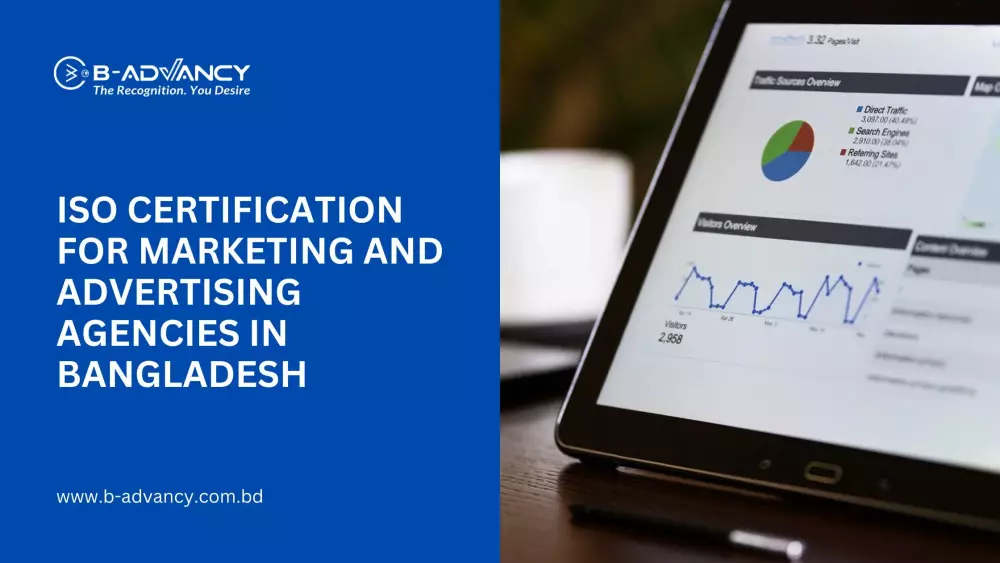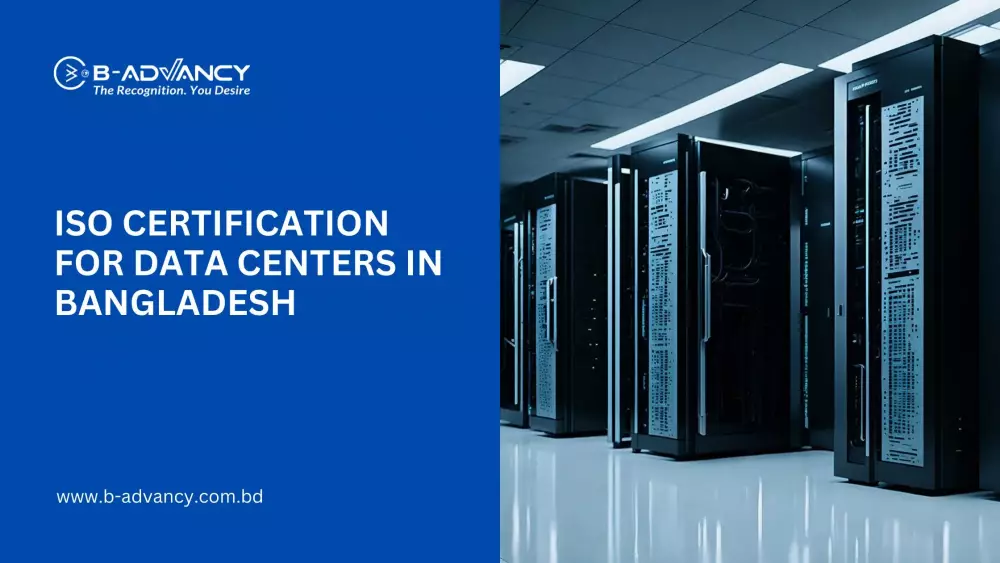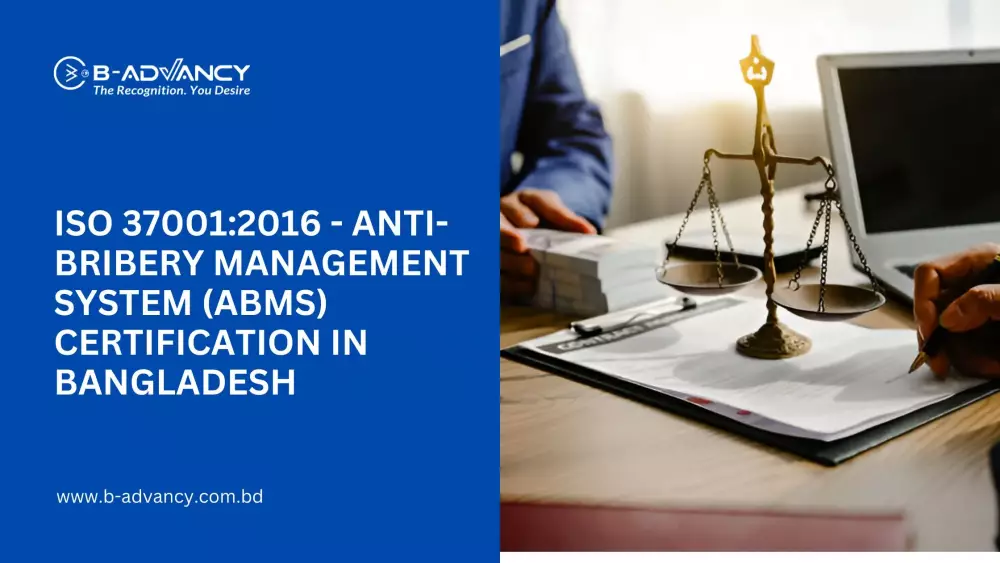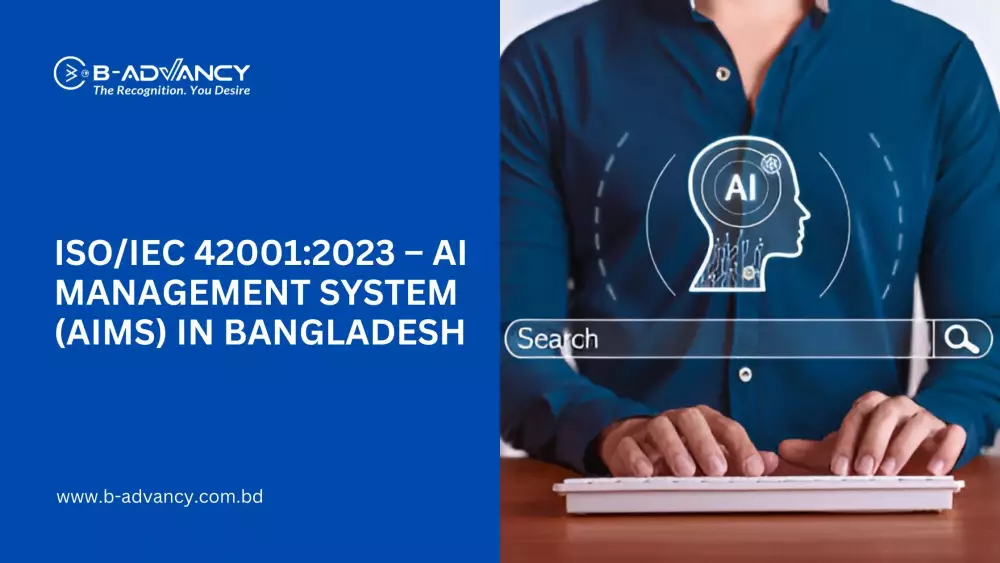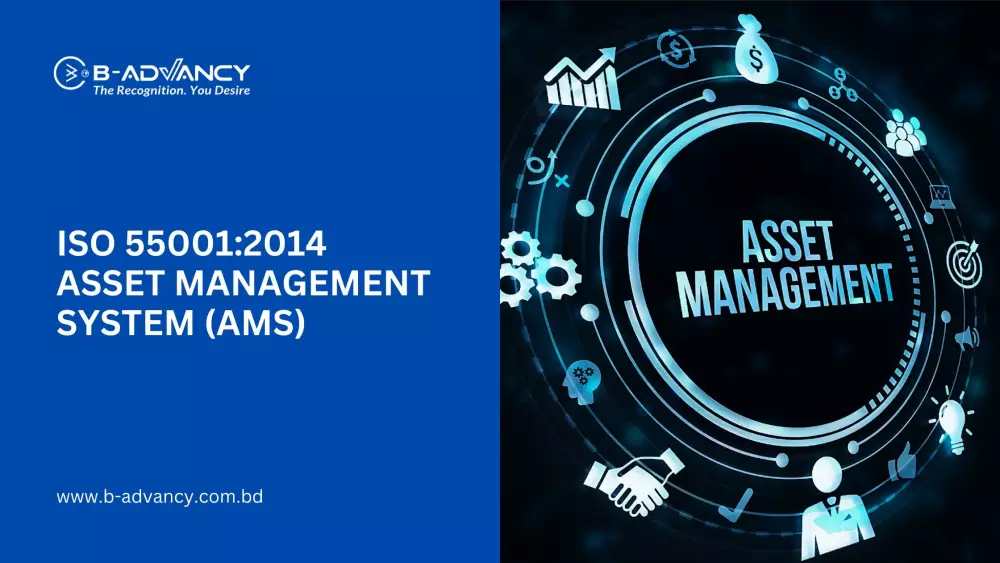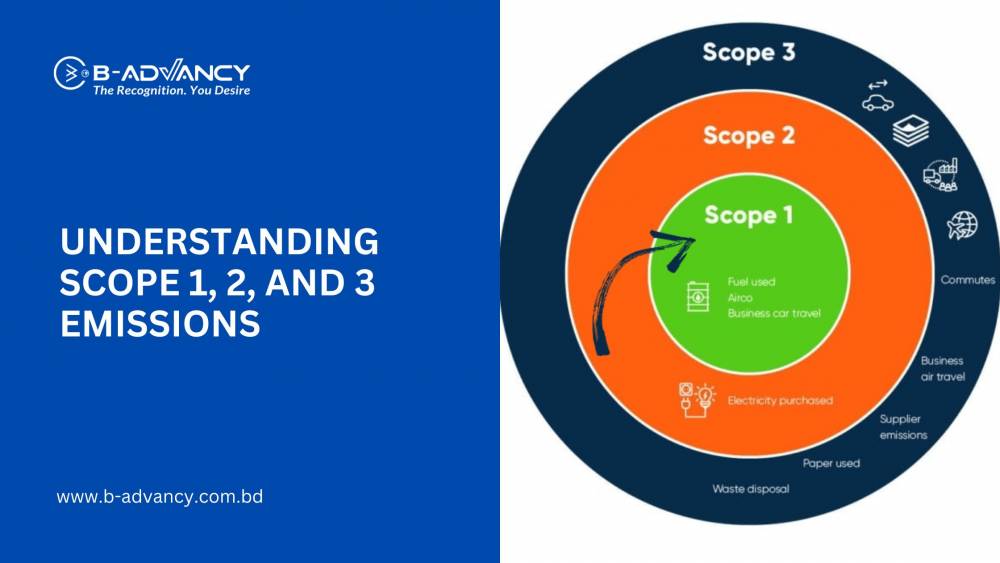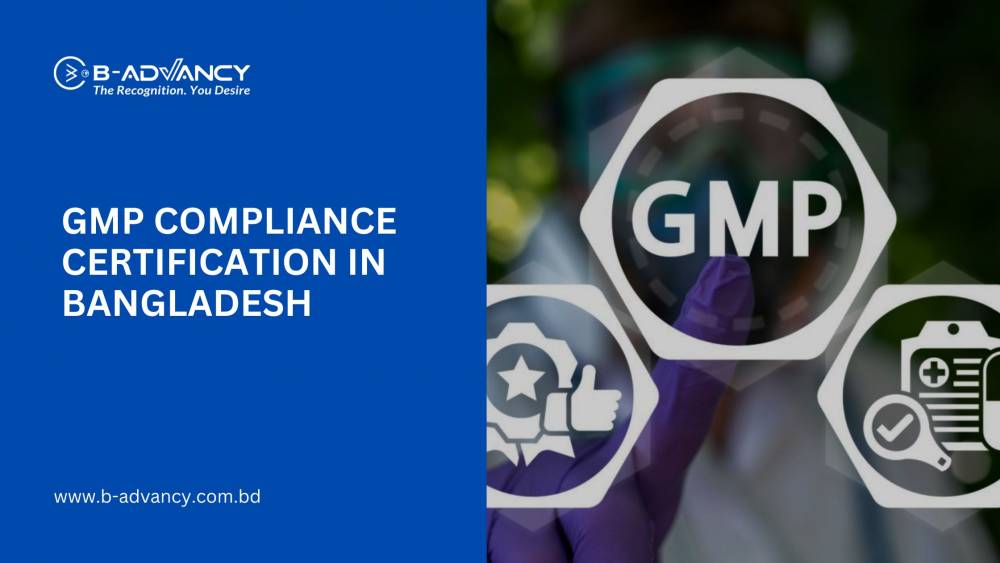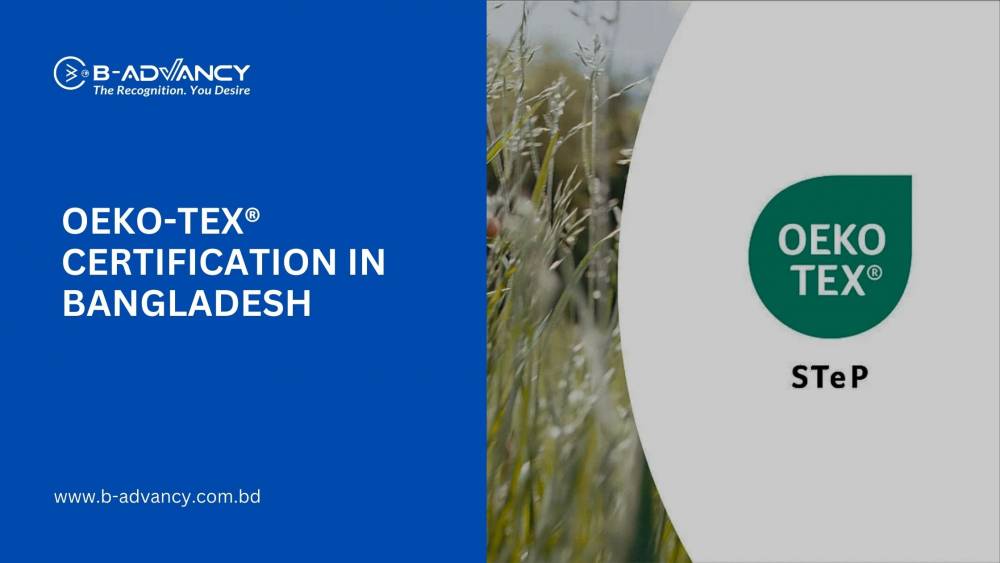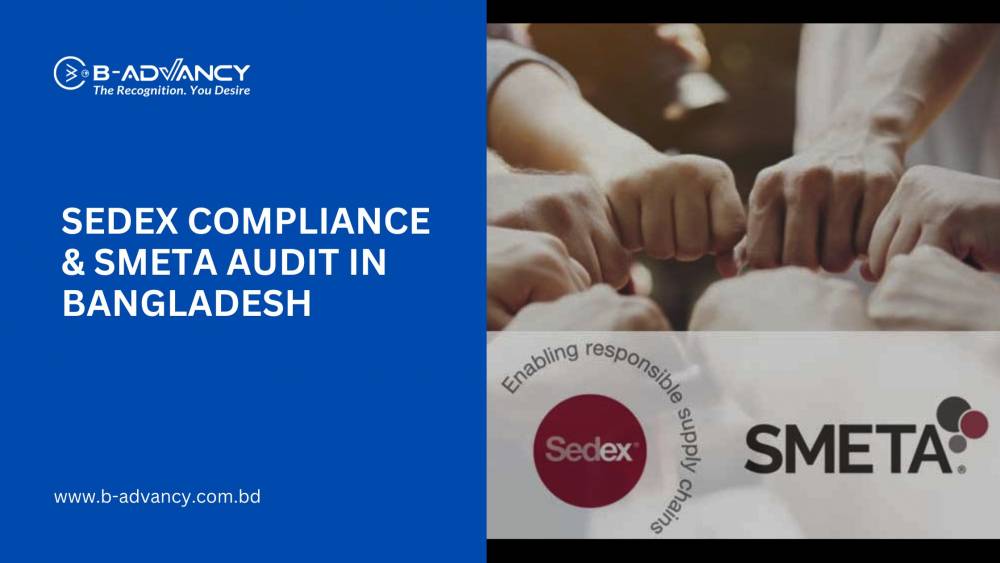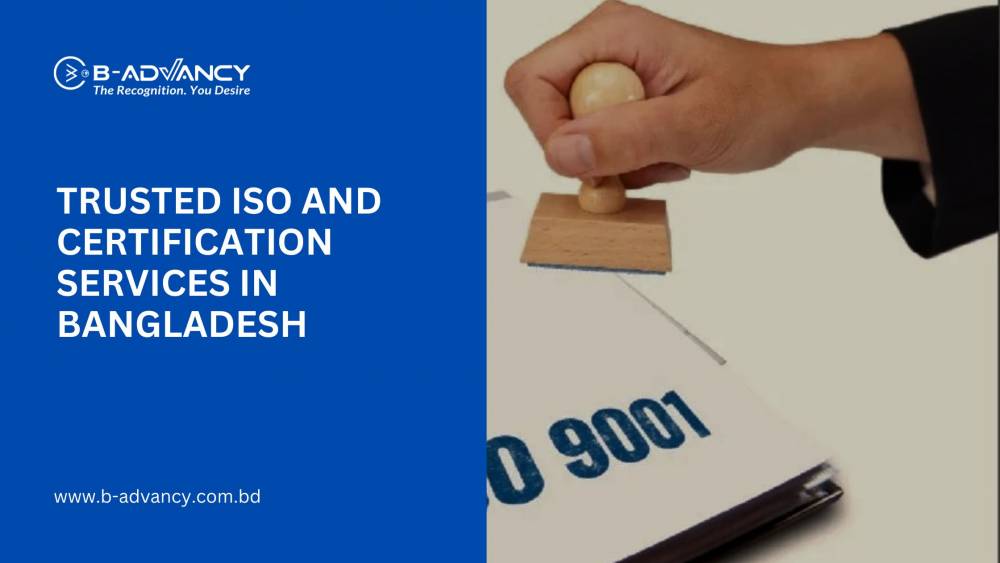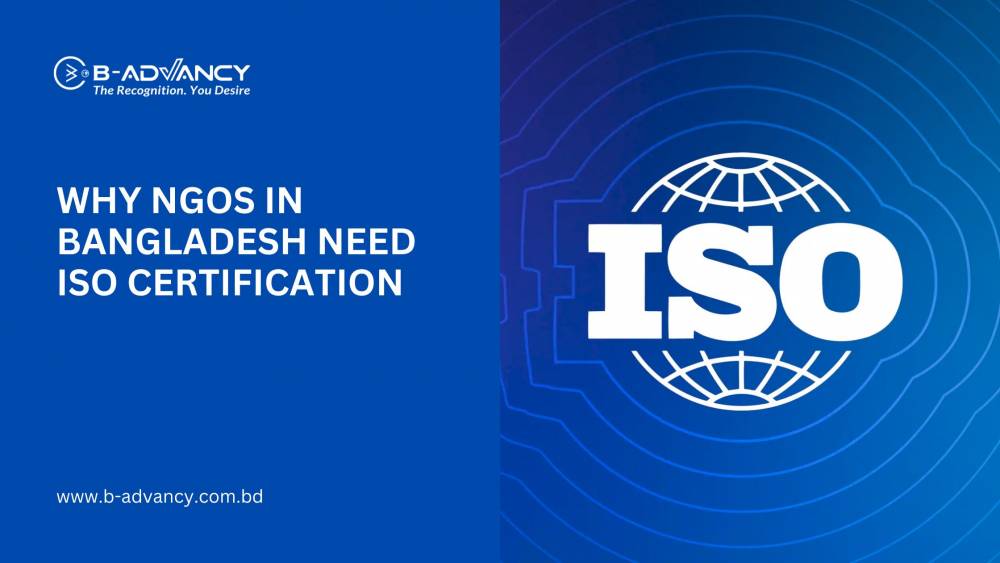I. Introduction
ISO 27001 is an international standard for information security management. It provides a comprehensive framework for managing and protecting sensitive information in organizations. This standard defines the best practices for information security management and is widely recognized and adopted by organizations across the world.
Information security has become increasingly important in today's digital age, where a vast amount of sensitive information is stored and transmitted electronically. With the increasing use of technology, the risk of cyber attacks, data breaches, and other security incidents has also increased. Organizations must take steps to protect their information assets from these threats and ensure that their sensitive information remains secure.
ISO 27001 provides organizations with a systematic and risk-based approach to managing information security. It helps organizations to identify, assess, and prioritize security risks, and implement controls and measures to mitigate those risks. The standard provides a structured approach to information security management, allowing organizations to safeguard their information assets and maintain the confidentiality, integrity, and availability of their information.
II. Understanding ISO 27001
Definition and purpose of ISO 27001:
ISO 27001 is a globally recognized information security standard that provides a systematic approach to managing sensitive information. The purpose of ISO 27001 is to establish, implement, maintain, and continually improve an information security management system (ISMS). The standard helps organizations to protect their information assets from threats, such as cyber attacks, data breaches, and other security incidents.
Key components of ISO 27001:
ISO 27001 consists of several key components that make up an ISMS, including:
Information security policies: These are high-level statements that define an organization's approach to information security.
Risk assessment and management: Organizations must identify, assess, and prioritize information security risks and implement controls to mitigate those risks.
Asset management: Organizations must identify, classify, and protect their information assets.
Access control: Organizations must implement controls to ensure that only authorized individuals have access to sensitive information.
Cryptography: Organizations must implement cryptographic controls to protect the confidentiality and integrity of their information.
Physical and environmental security: Organizations must implement physical and environmental controls to protect their information assets.
Operations security: Organizations must implement controls to secure their operations, including their information systems and networks.
Communications security: Organizations must implement controls to secure their communications, including both internal and external communications.
Monitoring and review: Organizations must monitor their ISMS to ensure its effectiveness and make improvements as necessary
Difference between ISO 27001 and other security standards:
ISO 27001 is not the only security standard available, but it is one of the most widely recognized and adopted. Other security standards include:
PCI DSS: The Payment Card Industry Data Security Standard (PCI DSS) is a set of security standards designed to ensure that all companies that accept, process, store, or transmit credit card information maintain a secure environment.
SOC 2: The Service Organization Control 2 (SOC 2) is a set of security standards for cloud-based service providers that focus on the security, availability, processing integrity, confidentiality, and privacy of customer data.
NIST Cybersecurity Framework: The National Institute of Standards and Technology (NIST) Cybersecurity Framework is a set of guidelines for managing cybersecurity risks in organizations.
ISO 27001 is different from these other security standards in that it provides a comprehensive framework for information security management, covering all aspects of information security from policy development to risk assessment, from access control to incident management. ISO 27001 is also a globally recognized standard, while the others may be more regionally focused.
III. Benefits of Implementing ISO 27001
A. Improved Security
Enhanced protection of sensitive information: ISO 27001 provides a comprehensive framework for managing and protecting sensitive information. Implementing the standard helps organizations to identify and address security risks, and implement controls to protect their information assets.
Reduction in security risks and vulnerabilities: By following the best practices defined in ISO 27001, organizations can reduce their exposure to security risks and vulnerabilities. This reduces the likelihood of security incidents and protects their information assets from potential harm.
Compliance with legal and regulatory requirements: ISO 27001 helps organizations to comply with a wide range of legal and regulatory requirements related to information security. This includes data protection laws, privacy regulations, and other security standards.
B. Better Business Continuity
Development of a robust disaster recovery plan: ISO 27001 requires organizations to develop a disaster recovery plan, which outlines the steps they will take to respond to and recover from a security incident. This helps to ensure that their business operations can continue even in the event of a security breach.
Improved resilience against cyber threats: Implementing ISO 27001 helps organizations to become more resilient against cyber threats. By implementing the standard, they can identify and mitigate security risks, and be better prepared to respond to security incidents.
Minimization of downtime and data loss: By developing a robust disaster recovery plan and improving their resilience against cyber threats, organizations can minimize downtime and data loss in the event of a security incident.
C. Increased Productivity
Streamlining of security processes and procedures: ISO 27001 requires organizations to streamline their security processes and procedures. This helps to reduce duplication of effort, improve efficiency, and increase overall productivity.
Better utilization of resources and increased efficiency: By streamlining their security processes and procedures, organizations can make better use of their resources and improve their overall efficiency.
Improved collaboration between departments and teams: Implementing ISO 27001 can help to improve collaboration between different departments and teams within an organization. This can lead to a more integrated and cohesive approach to information security management.
D. Enhanced Reputation and Customer Confidence
Demonstration of commitment to information security: By implementing ISO 27001, organizations demonstrate their commitment to information security. This helps to build customer trust and confidence in their ability to protect sensitive information.
Improved customer trust and satisfaction: By demonstrating their commitment to information security, organizations can improve customer trust and satisfaction. This can lead to increased customer loyalty and improved brand reputation.
Attraction of new customers and partners: Organizations that implement ISO 27001 can attract new customers and partners who value the protection of sensitive information. This can increase their market share and help them to expand their business.
E. Cost Savings
Reduction in security incidents and their associated costs: By reducing their exposure to security risks and vulnerabilities, organizations can reduce the likelihood of security incidents. This can result in significant cost savings, as the cost of responding to and recovering from a security incident can be substantial.
Improved risk management and mitigation strategies: Implementing ISO 27001 can help organizations to improve their risk management and mitigation strategies. This can reduce the cost of responding to security incidents and increase their overall return on investment in security measures.
IV. Implementing ISO 27001 in your organization
Steps involved in implementing ISO 27001:
· Conduct a gap analysis to identify areas where the organization's current information security practices fall short of the requirements defined in ISO 27001.
· Develop an information security policy that outlines the organization's approach to information security management.
· Establish an information security management system (ISMS) by documenting the organization's security processes, procedures, and controls.
· Train employees on the information security policy and the ISMS.
· Conduct regular internal audits to assess the effectiveness of the ISMS and identify areas for improvement.
· Certify the organization's ISMS by obtaining an ISO 27001 certification from a recognized certifying body.
Resources required for implementation:
Personnel: Organizations need to allocate sufficient personnel to manage the implementation of ISO 27001. This includes personnel to lead the project, as well as personnel to support the ISMS on an ongoing basis.
Budget: Organizations need to allocate a budget for the implementation of ISO 27001, which includes the cost of conducting the gap analysis, developing the information security policy and ISMS, training employees, and obtaining certification.
Tools and technologies: Organizations may need to invest in tools and technologies to support their ISMS, such as security software, hardware, and services.
Benefits of seeking professional support and guidance:
Expert knowledge: Professional support and guidance can provide organizations with access to expertise in information security management and ISO 27001 implementation.
Faster implementation: With professional support, organizations can implement ISO 27001 more quickly and efficiently.
Improved ISMS quality: Professional support can help organizations to develop a high-quality ISMS that meets the requirements of ISO 27001.
Reduced risk of failure: By seeking professional support, organizations can reduce the risk of failure in the implementation of ISO 27001, and increase the likelihood of a successful outcome.
V. Conclusion
In conclusion, ISO 27001 Certification in Bangladesh offers organizations a comprehensive and systematic approach to protecting their sensitive information. The implementation of ISO 27001 provides organizations with numerous benefits, including enhanced security, better business continuity, increased productivity, enhanced reputation and customer confidence, and cost savings.

